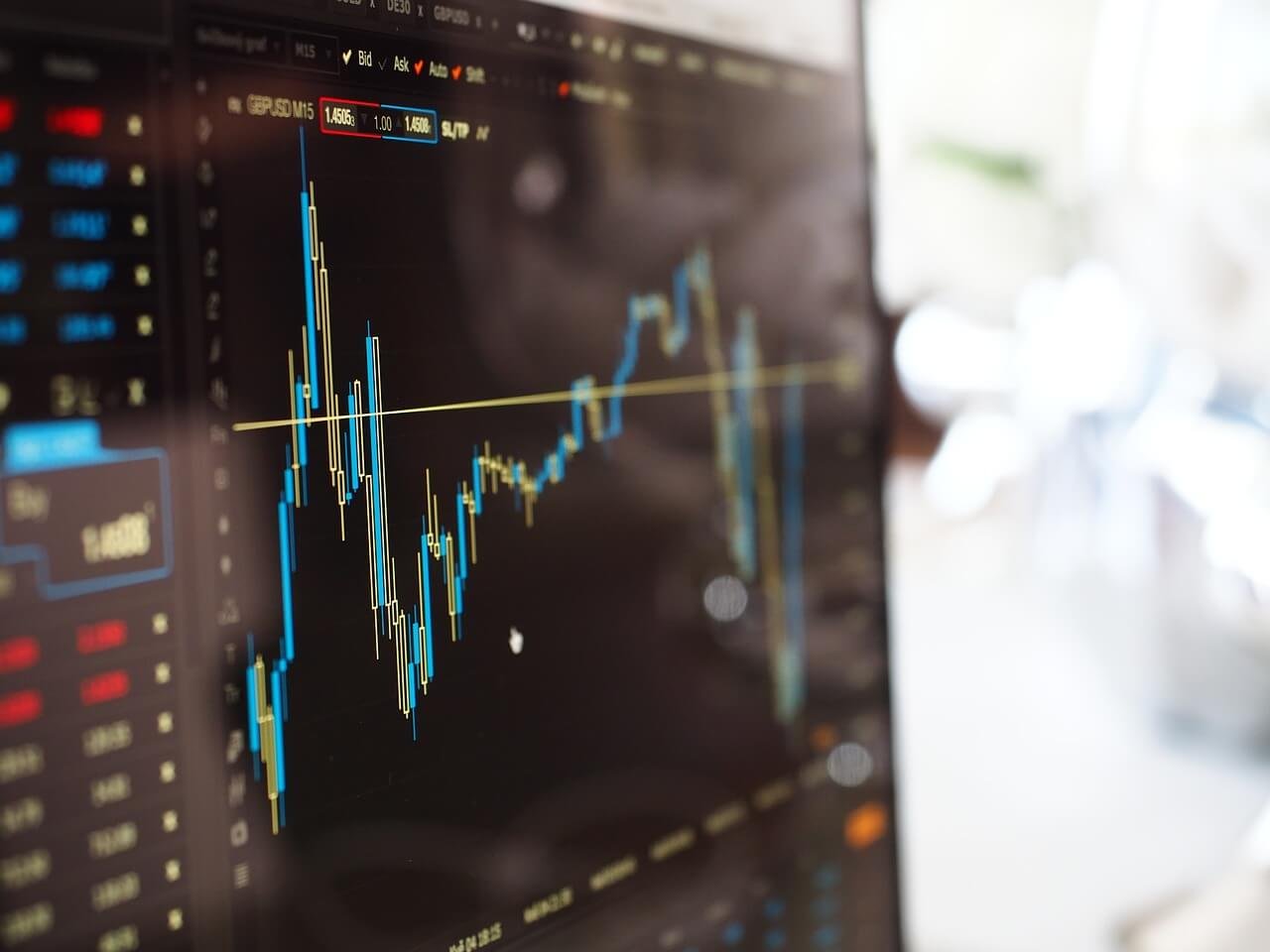

Bollinger bands are a tool commonly used in technical analysis. The idea was originally conceptualised by John Bollinger in the 1980s. Beginning his career as an independent trader in 1980, he later joined ‘Financial News Network’ where he worked as the Chief Market Analyst between 1984 and 1990, presenting regular technical analysis pieces on the channel. He is both a CFA Chartered Financial Analyst and CMT Chartered Market Technician, and now runs his own investment firm ‘Bollinger Capital Management’. The term ‘Bollinger Bands’ was originally coined by Bollinger himself during a live broadcast. Unprepared for the question when asked the name of the bands he was presenting, his reply was: “Let’s call them Bollinger Bands”.
The basic concept of Bollinger Bands involves two lines, X number of standard deviations above and below an n period moving average, to create an ‘envelope’. This was an adaptation of “Keltner channels” – another technical analysis indicator showing a central moving average line, with channel lines above and below.
According to Bollinger’s website, “The defaults today are the same as they were 35 years ago, 20 periods for the moving average with the bands set at plus and minus two standard deviations of the same data used for the average”. However, these can be adjusted to suit what the analyst is attempting to monitor.
Bollinger was looking to find a more adaptive indicator, based on volatility. The bands can then be combined with other indicators in order to obtain buy and sell signals. A basic assumption when using the bollinger bands is that when the price breaks upwards towards the upper band, the market is overbought and this represents a sell signal.
Conversely, when the price trends down towards the lower band, this represents oversold conditions and represents a buy signal. These are, of course, generalisations and should be combined with other data and indicators. Some traders do, however, use this as a continuous trading strategy.
When a security closes outside of the bands, this is generally a continuation signal, rather than a reversal signal. So in this instance, it would be more likely to not return to the centre line.
A signature concept of the Bollinger Bands is the “squeeze”. This is when the two bands come close together around the moving average. This represents low volatility, meaning a higher volatility period will follow. However, there is no way of knowing from this indication alone when the volatility will increase. The opposite of this effect is when the bands get further apart from each other. This represents higher volatility, so a lower volatility period will follow at some point. This makes the Bollinger Bands great for visualising the volatility of a security, or cryptocurrency such as Bitcoin.
Bollinger himself recommends using his bands alongside other technical indicators, such as moving average divergence/convergence (MACD), on-balance volume and relative strength index (RSI). He also points out that 88-89% of the price action should be within the bands, so anything outside of the bands has particularly significance.
Over the years, having faced many queries about his indicator, John Bollinger has created 22 rules that answer many of the questions posed to him. At nearly 70 years of age, he is still active in financial circles and speaks regularly about his passions – trading and the indicator he conceived, the Bollinger Bands.
The full list of his 22 rules can be found on his website.
As with all trading analysis tools, they should be used with caution and an overall understanding of markets. No concept, including Bollinger Bands, are guaranteed to be successful. So as many in the crypto community warn, “DYOR” or Do Your Own Research!
Want to know more about cryptocurrency trading?
To find out more about trading crypto, make sure you download this definitive guide. It gives you all the inormation you need to know about exchanges, strategies, and security. You can start buying cryptocurrencies by creating an account on our trading platform, here!
Denver, Colorado, 24th February 2025, Chainwire
Denver, Colorado, 20th February 2025, Chainwire
Washington, D.C., 18th February 2025, Chainwire
Dubai, UAE, 27th January 2025, Chainwire
Those who enter the market at this time may be surprised to hear that Bitcoin…
George Town, Grand Cayman, 22nd November 2024, Chainwire